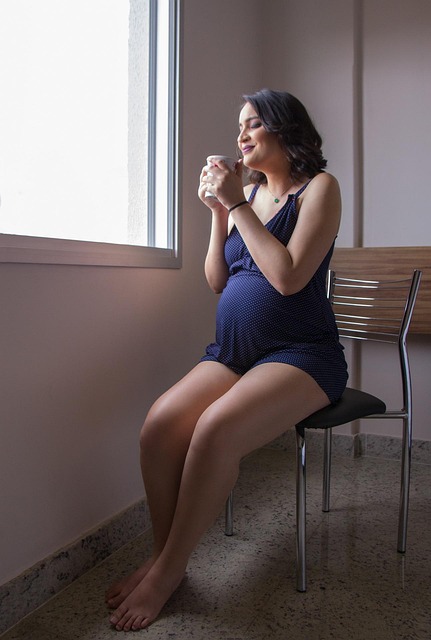It all began with a fever. As every parent knows, a fever is never a good sign. So, when the thermometer beeped, we settled in for a long, miserable day of snuggles, mind-numbing kids’ shows, and an anxious wait for the inevitable bad news.
And sure enough, it came when I noticed the ominous red blisters popping up on my toddler’s palms. A quick check of his feet revealed the same disturbing signs. After a bit of coaxing (and a lot of “Aaaaaaaaah!” on my part), he finally opened his mouth. There they were: painful ulcers lurking in the back.
Great. Just great.
I knew the dreaded Hand, Foot, and Mouth disease (HFMD) was making its rounds, especially this time of year. According to the ever-reliable WebMD, HFMD is most prevalent in summer and fall. And, like many childhood ailments, the “treatment” is limited to rest, soothing Popsicles, and a cocktail of Tylenol and sore throat spray, paired with a strict quarantine to protect the innocent.
Let’s be clear: this is not to be confused with hoof-and-mouth disease that affects livestock; HFMD is an enterovirus—a charming relative of polio. Your child likely caught it through close contact with an infected person, airborne droplets (thanks to a cruel twist of fate), or even from touching contaminated surfaces.
You’re most contagious for about a week after symptoms appear, but your little one can keep spreading it for weeks (up to 10 days depending on the virus strain). So, every diaper change could be a gamble! Recommendations on when to re-enter public spaces vary wildly. One doctor might say your kid is good to go two days post-fever, while another insists on waiting for the blisters to vanish. It’s a real guessing game, so trust your doc and keep an eye on your child.
Now, if you were fortunate enough to dodge this virus as a kid, you might not be in for a treat. My partner, Alex, who missed out on it during childhood, found himself bedridden with a fever and mouth blisters that made eating anything virtually impossible. He could barely walk, and his poor hands and feet were a painful mess. Meanwhile, our kiddo bounced back in just two days, while Alex had to take off work and endure the friendly jabs from colleagues. He even lost a couple of toenails—yep, that’s a listed complication right alongside meningitis on the CDC’s site!
Then there’s my cousin, who unwittingly cared for a baby with HFMD. Three days later, he was dealing with high fever and blisters of his own. Dr. Sophie, a family physician, explains that HFMD symptoms in kids mirror those in adults—red bumps, blisters, and some unfortunate rashes on various body parts, not to mention the fever and loss of appetite. My poor cousin suffered through all of it.
I somehow managed to escape unscathed. My mom didn’t recall me having it, but with two kids just 16 months apart, her memory is a bit fuzzy. Maybe I was just overly cautious with cleaning everything and insisted Alex handle the diaper duties once he got sick—hey, he was already in the thick of it, right?
Hand, Foot, and Mouth disease is surprisingly prevalent. While the WHO has more detailed data for specific regions, the CDC deems it a “common childhood illness.” That means you’re likely to encounter it at some point, regardless of daycare or school attendance. And while it’s annoying, your little one will likely recover just fine.
Unless you’re willing to scrub everything down to the last germ, focus on good hand hygiene and be alert after changing diapers. And, if your partner whines about losing a toenail, maybe go easy on them.
For more insights on home insemination, check out this link to Make a Mom, they offer a wealth of information. Also, for anyone considering IVF, NHS has excellent resources.
Summary
Hand, Foot, and Mouth disease can be a nightmare for parents, featuring fever, painful blisters, and a strict quarantine. It spreads easily and can affect adults too, as seen with my husband and cousin. While it’s common, practicing good hygiene and monitoring symptoms are essential.
Keyphrase: hand foot mouth disease
Tags: [“home insemination kit” “home insemination syringe” “self insemination”]
